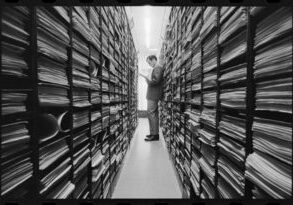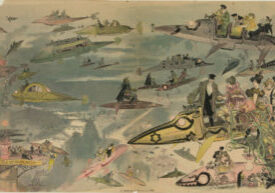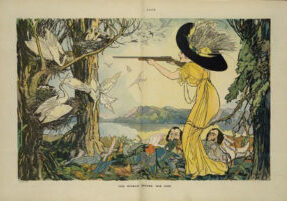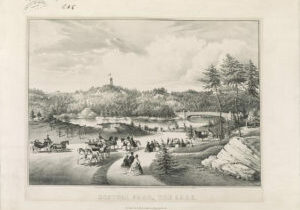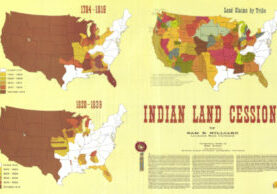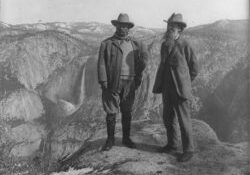Lesson Plans
Civic Actions to Impact the Future
Students make connections between the past, present, and future of the environment through their own imaginings, analysis of a primary source image, and the poem "Letter to Someone Living Fifty Years from Now" by Matthew Olzmann. After, students might assess waste or pollution in their school or local community, then consider actions they could take today to help positively impact the future by promoting environmentally friendly policies and/or programs.
Map: Poetry & Environmental Justice
Students analyze NASA images depicting climate change and maps denoting Indian land cessions*, then read the poem "Map" by Linda Hogan. After, students discuss how the poem, images, and maps provide context to the theme of environmental justice. Students follow up and take action by researching local instances of environmental justice / injustice and write to one or more community leaders, expressing their opinion on an issue.
* compiled primarily from reports contained in Library of Congress collections
